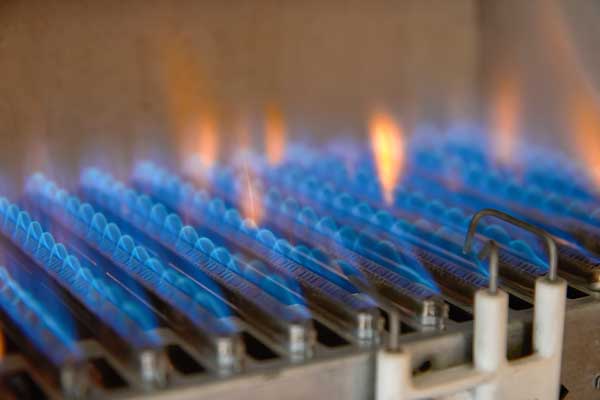4 Most Common Furnace Repair Issues

Common Gas Furnace Repair Problems and How to Prevent Them
Natural gas central furnaces were introduced to US construction in the 1920s and 1930s, replacing fireplaces and area heaters. The level of comfort central heat and air have afforded American families is incredible. After one hundred years of steady use, furnace manufacturers and repair technicians can identify the most common problems that will occur with gas furnaces. Perhaps when homeowners hear of these common troubles, they can identify the issue before it manifests.
Age and Wear
All good things must come to an end; that certainly applies to gas furnaces. Normal operations will create micro stresses and damage. This wear makes other components work harder, spreading the problem up and down the component line.
- Water vapor is a byproduct of the combustion of natural gas. When water comes into contact with unprotected iron or steel, the byproduct is rust. Rust is one of those micro damages.
- Electric sensors, switches, and control mechanisms experience the same sort of damage over time. After all, the system will be turned on and off several hundred times throughout its useful life.
- The blower motor for the system is the powerhouse for your HVAC system. It is also the only moving part of the whole system. Some motor shafts need to be lubed, and others are belt-driven. These parts are subject to incredible strain.
*Maintenance plays a very important function in finding these wear points and making repairs before they become a bigger problem
Clogged Air Filter
Both heating and air conditioning require a huge amount of airflow. Human occupants need clean, fresh air. The technology solution is an air filter, of course; a paper or fiber filter traps airborne particles with every heating and cooling cycle.
- Collecting airborne particles is necessary for occupant health.
- The collected particles clog the filter and restrict airflow. Remember how much airflow the system requires!
- The filter needs to be changed often, at least every three months.
It is amazing how many homeowners neglect changing the air filter. You can’t let the technician have all the fun!
Air filters are available at hardware, home improvement, and most large box stores. Make sure you replace your air filter on schedule to avoid a major problem.
Ignition and Burner Stress
Bringing natural gas into a home and burning it in a precise manner to heat an entire home . . . this takes strict use of technology and care of that technology.
- The flame results from either a pilot light, with a thermocouple (old technology) or an electric ignitor (newer technology). Both are extremely sensitive to soot deposits. Soot is carbon build-up, a result of incomplete combustion (inadequate available oxygen). Since it is so sensitive, removing the soot physically.
- The burner assembly has similarities to an automobile carburetor—mixing oxygen and fuel in just the right mixture. When rust attacks the surface of the burner, the result is a poor mixture. A clear indication of poor mixture/incomplete combustion is a yellow flame on the burner assembly.
Heat Exchanger
Burning natural gas results in exhaust that MUST not mingle with the inside air of the home. The hot exhaust is collected in a chamber, called the heat exchanger, surrounded by a larger chamber. The hot exhaust transfers heat through the metal walls of the exchanger before being channeled to the outdoors. The blower motor moves the air in the larger chamber inside the house.
The real problem is rust. Should the walls of the heat exchanger rust through, it allows carbon dioxide and carbon monoxide to infiltrate the inside air of the home.
Identifying and Preventing Common Gas Furnace Repair Issues for Optimal Performance
Gas furnaces, while reliable, can develop common issues over time, such as wear from rust, clogged air filters, and stress on ignition and burner components. Regular furnace maintenance can help prevent these problems from escalating. Identifying these issues early can ensure efficient operation and avoid more costly repairs, keeping your furnace running smoothly.
Houston Trane can connect you with a Trane Licensed Furnace Repair Contractor who can answer your questions about HVAC system repair and installation. To find a local Trane Furnace Repair Contractor, visit our Local Dealer search tool.